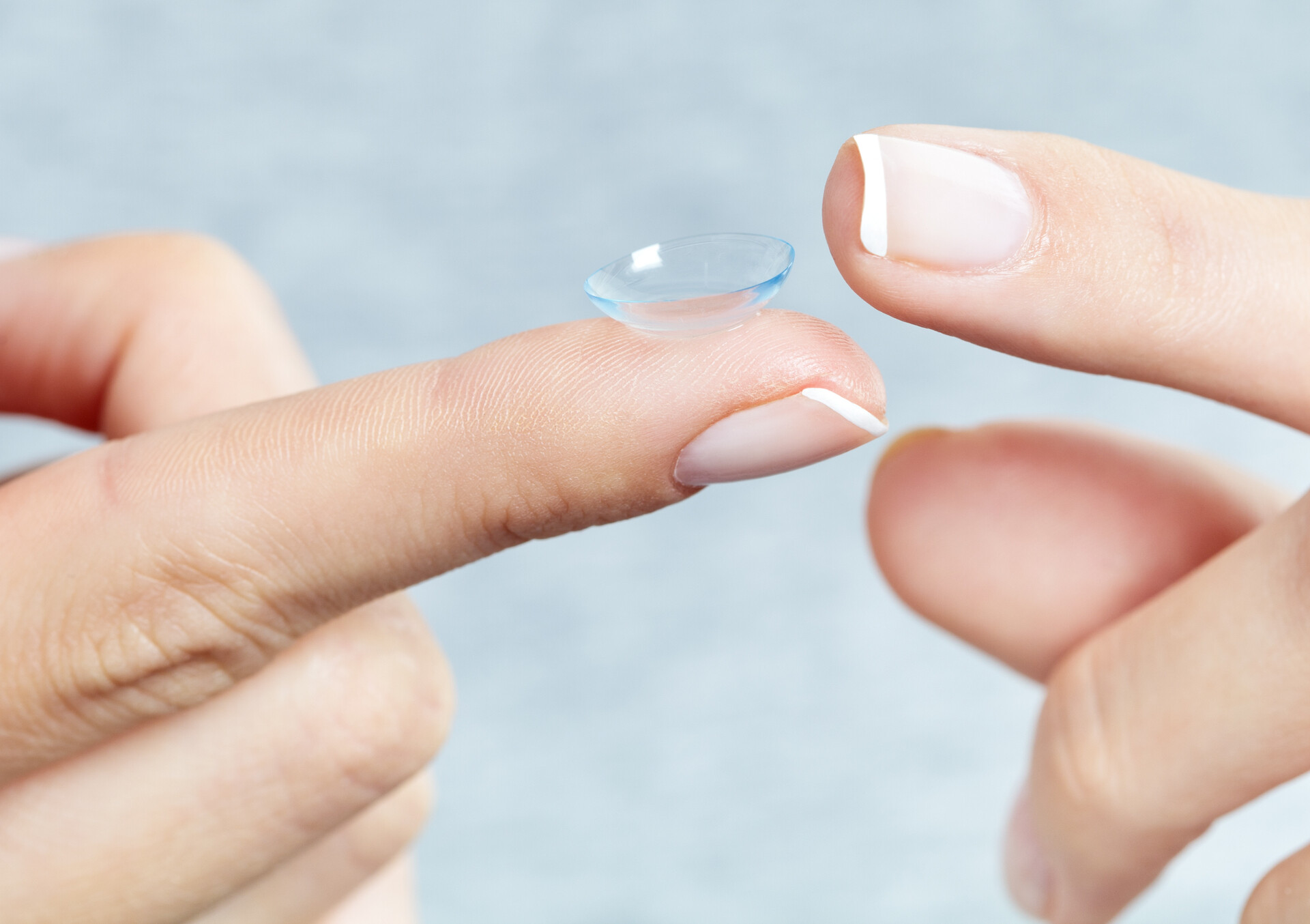

Articles
How To Store Contacts Without Case
Modified: February 8, 2024
Learn how to store your contact lenses without a case in this informative article. Discover helpful tips and tricks for safe and convenient contact lens storage.
(Many of the links in this article redirect to a specific reviewed product. Your purchase of these products through affiliate links helps to generate commission for Storables.com, at no extra cost. Learn more)
Introduction
When it comes to storing your contact lenses, having a proper case is essential to keep them clean and safe. However, there may be situations where you find yourself without a case, whether you’re traveling, staying overnight somewhere unexpectedly, or simply forgot to bring your case along. In these situations, it’s important to know how to store your contacts without a case effectively.
While storing your contacts without a case should be a temporary solution, knowing alternative methods can be quite helpful when you find yourself in a pinch. In this article, we will explore various ways to safely store your contacts without a case, using common household items or inexpensive alternatives.
Before we dive into the methods, it’s important to note that these alternatives are intended for temporary storage only, and you should still prioritize finding a proper contact lens case as soon as possible. Additionally, always make sure your hands are clean and dry before handling your contact lenses, and never store them in water or any liquid other than the recommended contact lens solution.
Key Takeaways:
- When you find yourself without a contact lens case, temporary storage solutions such as clean glass jars, ziplock bags, or spare eyeglass cases can effectively safeguard your contacts. Prioritize cleanliness and obtain a proper case as soon as possible for long-term safety.
- In unexpected situations where a traditional contact lens case is unavailable, utilizing alternative storage methods using common household items can provide flexibility and peace of mind. Always prioritize cleanliness, handle contacts with care, and obtain a proper case for long-term storage.
Read more: How To Store Contact Lenses Without Case
Why Store Contacts Without a Case?
There are several reasons why you may need to store your contacts without a case at some point. Understanding these reasons can help you better appreciate the importance of knowing alternative storage methods.
Firstly, emergencies can happen unexpectedly. You may find yourself staying overnight somewhere and realize that you forgot your contact lens case. In situations like this, having a backup plan for storing your contacts without a case can help ensure that you can safely store your lenses until you can obtain a proper case.
Traveling is another common scenario where you may not have a contact lens case on hand. The compact size of contact lens cases makes them easy to misplace or forget when you’re packing for a trip. Having alternative storage methods can come in handy to avoid any inconvenience and potential damage to your contacts during your travels.
Additionally, if you frequently engage in outdoor activities or sports, carrying a contact lens case may be impractical. In these situations, having alternative storage options allows you to keep your contacts accessible and safe without the need for a bulky case.
Furthermore, contact lens cases can sometimes wear out over time or become contaminated despite regular cleaning. If you find yourself with a damaged or unclean case, it’s important to have alternative storage methods available so that you can properly care for your contacts without risking any eye infections or damage.
Overall, having the knowledge and understanding of how to store your contacts without a case can save you from potential discomfort, inconvenience, or damage to your lenses. It provides you with flexibility and peace of mind in various situations where a traditional contact lens case may not be readily available.
Materials Needed
When it comes to storing your contacts without a case, you can rely on a few household items or inexpensive alternatives. While these materials may not offer the same level of protection as a proper contact lens case, they can be effective for temporary storage. Here are some materials you can use:
- A clean contact lens container: If you happen to have an extra contact lens container that you’ve thoroughly cleaned and disinfected, it can serve as a suitable alternative until you find a proper case.
- A clean glass jar: A small, clean glass jar with a secure lid can be an excellent makeshift storage option. Make sure the jar is thoroughly washed and dried before using it to prevent any potential contaminants from affecting your contacts.
- A ziplock bag: For a quick and temporary solution, a ziplock bag can suffice. Choose a small-sized bag that can easily fit your contacts and seal it tightly to keep them protected.
- A small travel container: If you have a small travel container with a secure lid, it can be used to store your contacts. Ensure the container is clean and dry before placing your contacts inside.
- A clean pill box: A clean pill box with separate compartments can also be used to store your contacts. Look for a pill box with secure lids to prevent any accidental spills or contact contamination.
- A spare eyeglass case: If you have an extra eyeglass case lying around, it can temporarily hold your contact lenses. Make sure the case is clean and dry before using it for storage.
Remember, the materials listed above are meant for temporary storage only. It’s crucial to obtain a proper contact lens case as soon as possible to ensure the long-term safety and cleanliness of your contacts.
Before using any of these materials, it’s important to thoroughly clean and dry them to prevent any potential contaminants from coming into contact with your lenses. Additionally, always make sure your hands are clean and dry before handling your contact lenses to avoid introducing any bacteria or dirt.
Now that you know the materials needed, let’s explore some methods for storing your contacts without a case.
Method 1: Using a Contact Lens Container
If you happen to have an extra contact lens container, using it to store your contacts without a case is a convenient and reliable option. Here’s how you can do it:
- Thoroughly clean and disinfect the contact lens container: Rinse the container with contact lens solution and then soak it in the solution for a few minutes. Make sure all residue is removed, and the container is clean and dry before proceeding.
- Fill the container with fresh contact lens solution: Fill both compartments of the container with enough contact lens solution to fully submerge your contacts.
- Gently place your contacts in the designated compartments: Using clean, dry fingers, carefully place each contact into its respective side of the container. Be cautious not to touch the contacts with anything other than your fingertips to avoid contamination.
- Screw the container lid securely: Ensure that the lid is tightly closed to prevent any leakage during storage.
- Store in a safe place: Find a clean and dry spot to store the container, away from direct sunlight or extreme temperatures.
Remember to replace the solution in the container regularly, as you would with a regular contact lens case. Also, avoid using the contact lens container for long-term storage without proper cleaning and disinfecting.
If you don’t have an extra contact lens container available, don’t worry! There are other methods you can use to store your contacts without a case. Let’s explore another option.
Method 2: Using a Clean Glass Jar
If you don’t have a contact lens container on hand, don’t worry! You can easily store your contacts without a case using a clean glass jar. Here’s how:
- Select a small, clean glass jar with a secure lid: Ensure that the jar is thoroughly washed and dried to remove any dirt or contaminants.
- Fill the jar with contact lens solution: Pour enough contact lens solution into the glass jar to fully submerge your contacts.
- Gently place your contacts in the jar: Using clean, dry fingers, carefully place each contact into the jar, ensuring they are fully submerged in the solution. Be careful not to touch the contacts with anything other than your fingertips to avoid contamination.
- Screw the lid securely: Ensure that the lid is tightly closed to prevent any leakage during storage.
- Store in a safe place: Find a clean and dry location to store the glass jar, away from direct sunlight or extreme temperatures.
It’s important to note that using a glass jar should be a temporary solution. Once you have access to a proper contact lens case, transfer your contacts into it for long-term storage.
Always remember to properly clean and disinfect the glass jar before using it to store your contacts. Additionally, replace the contact lens solution regularly and avoid using the glass jar for other purposes to maintain cleanliness and reduce the risk of contamination.
If you don’t have a glass jar available, don’t worry! There are still additional methods you can use to store your contacts without a case. Let’s explore another option.
Read more: How To Store Cds Without Cases
Method 3: Using a Ziplock Bag
When you find yourself without a contact lens case, a ziplock bag can serve as a quick and temporary storage solution. Here’s how you can effectively use a ziplock bag to store your contacts:
- Select a small-sized ziplock bag: Choose a bag that is small enough to fit your contacts comfortably but large enough to seal securely.
- Clean and dry your hands: Before handling your contacts, make sure your hands are clean and dry to minimize the risk of introducing any dirt or bacteria.
- Fill the bag with contact lens solution: Pour enough contact lens solution into the bag to fully submerge your contacts. Be cautious not to overfill the bag to avoid any accidental spills.
- Gently place your contacts in the bag: With clean, dry fingers, carefully place each contact into the bag, ensuring they are fully immersed in the solution. Take care to avoid touching the contacts with anything other than your fingertips to prevent contamination.
- Seal the bag securely: Press out any excess air from the bag and seal it tightly to prevent any leakage or contamination.
- Store in a safe place: Find a clean and dry spot to store the ziplock bag, away from direct sunlight or extreme temperatures.
It’s important to note that using a ziplock bag should only be a temporary solution. As soon as you have access to a proper contact lens case, transfer your contacts into it for long-term storage.
Remember to replace the contact lens solution in the bag regularly to maintain cleanliness. Additionally, be careful when handling the bag to prevent any accidental punctures or spills.
If a ziplock bag is not available, don’t worry! There are still other methods you can use to store your contacts without a case. Let’s explore another option.
Consider using a small, labeled storage box or a designated drawer to keep your contacts organized and easily accessible. You can also use a contact lens case to store individual pairs of contacts.
Method 4: Using a Small Travel Container
If you’re on the go and don’t have a contact lens case, a small travel container can be a great alternative for storing your contacts. Here’s how you can use a small travel container effectively:
- Ensure the travel container is clean and dry: Before using the travel container, make sure it is thoroughly washed and dried to remove any dirt or contaminants.
- Fill the container with contact lens solution: Pour enough contact lens solution into the travel container to fully submerge your contacts.
- Gently place your contacts in the container: Using clean, dry fingers, carefully place each contact into the designated compartments of the travel container. Be cautious not to touch the contacts with anything other than your fingertips to avoid contamination.
- Secure the container lid: Ensure that the lid of the travel container is tightly closed to prevent any leakage during storage.
- Store in a safe place: Find a clean and dry spot to store the travel container, away from direct sunlight or extreme temperatures.
A small travel container is designed for on-the-go convenience, making it a suitable option for temporary contact lens storage. However, it’s important to remember that it may not provide the same level of protection as a proper contact lens case.
As soon as you have access to a regular contact lens case, transfer your contacts into it for long-term storage. Also, ensure that you clean and disinfect the travel container before using it for contact lens storage and replace the contact lens solution regularly to maintain cleanliness.
Now that you know how to store your contacts using a small travel container, let’s explore another option for temporarily storing your contacts without a case.
Method 5: Using a Clean Pill Box
If you’re in need of a temporary storage solution for your contacts and don’t have a contact lens case, a clean pill box can come in handy. Here’s how you can utilize a pill box to store your contacts:
- Select a clean and dry pill box: Ensure that the pill box you choose is thoroughly cleaned and dried to eliminate any dirt or contaminants.
- Divide the compartments: If the pill box has separate compartments, carefully divide them into two halves to keep your contacts separate.
- Fill each compartment with contact lens solution: Pour enough contact lens solution into each compartment to fully submerge your contacts.
- Gently place your contacts in the designated compartments: With clean, dry fingers, place each contact into the appropriate compartment, ensuring they are fully immersed in the solution. Avoid touching the contacts with anything other than your fingertips to prevent contamination.
- Secure the pill box lid: Ensure that the lid of the pill box is securely closed to prevent any leakage during storage.
- Store in a safe place: Find a clean and dry location to store the pill box, away from direct sunlight or extreme temperatures.
A clean pill box with separate compartments can effectively serve as a temporary storage option for your contacts. However, it’s important to note that a pill box may not provide the same level of protection as a dedicated contact lens case. Therefore, it’s crucial to transfer your contacts into a proper case as soon as you have access to one.
Prioritize the cleanliness of the pill box by cleaning and disinfecting it regularly. Additionally, replace the contact lens solution in the compartments regularly to maintain proper hygiene.
Now that you know how to use a pill box for temporary contact lens storage, let’s explore another option for storing your contacts without a case.
Method 6: Using a Spare Eyeglass Case
If you’re without a contact lens case and need a temporary storage solution, a spare eyeglass case can be a great alternative. Here’s how you can use a spare eyeglass case to store your contacts:
- Make sure the eyeglass case is clean and dry: Before using the spare eyeglass case, ensure it is thoroughly cleaned and dried to remove any dirt or debris.
- Fill the case with contact lens solution: Pour enough contact lens solution into the case to fully submerge your contacts.
- Gently place your contacts in the case: Using clean, dry fingers, gently place each contact into the case, ensuring they are fully immersed in the solution. Be cautious not to touch the contacts with anything other than your fingertips to prevent contamination.
- Close the eyeglass case securely: Ensure that the eyeglass case is tightly closed to prevent any leakage during storage.
- Store in a safe place: Find a clean and dry spot to store the eyeglass case, away from direct sunlight or extreme temperatures.
An eyeglass case provides a secure and compact storage option for your contacts in the absence of a contact lens case. However, it’s important to note that it may not be specifically designed for contact lens storage and may not provide the same level of protection.
It’s crucial to obtain a proper contact lens case as soon as possible for long-term storage. Remember to clean and disinfect the eyeglass case regularly before using it for contact lens storage. Additionally, replace the contact lens solution in the case frequently to maintain cleanliness.
Now that you know how to use a spare eyeglass case for temporary contact lens storage, let’s explore some additional tips for storing contacts without a case.
Read more: How To Store DVDs Without Cases
Tips for Storing Contacts Without a Case
When you find yourself without a contact lens case, it’s important to consider some tips to ensure proper storage and minimize the risk of contamination or damage to your contacts. Here are some helpful tips for storing contacts without a case:
- Clean and dry your hands: Always make sure your hands are clean and dry before handling your contacts. This helps prevent the transfer of dirt, oil, or bacteria onto your lenses.
- Use a temporary storage method: Choose one of the alternative storage methods discussed earlier, such as a contact lens container, glass jar, ziplock bag, travel container, pill box, or eyeglass case.
- Ensure cleanliness of the storage material: Thoroughly clean and dry any makeshift storage item you plan to use to prevent contamination.
- Submerge contacts in contact lens solution: Make sure your contacts are fully immersed in contact lens solution to maintain their moisture and prevent them from drying out.
- Avoid using water or other liquids: Only use contact lens solution for storing your contacts. Water or other liquids can cause damage to the lenses and increase the risk of infection.
- Store in a clean and dry location: Find a clean and dry spot to store your temporary storage container, away from direct sunlight, heat, or extreme temperatures.
- Replace contact lens solution regularly: Regularly replace the contact lens solution in your temporary storage container to maintain cleanliness and prevent buildup of bacteria.
- Obtain a proper contact lens case as soon as possible: While these temporary storage methods can be effective in a pinch, it’s vital to acquire a proper contact lens case for long-term storage to ensure the safety and cleanliness of your contacts.
Remember, these tips are meant for temporary situations when you don’t have access to a contact lens case. It’s essential to prioritize obtaining a proper case as soon as possible to protect your contacts properly.
By following these tips, you can ensure that your contacts remain in good condition until you can secure a contact lens case for long-term storage.
Now that you have a better understanding of how to store your contacts without a case and some important tips to follow, you’re well-equipped to handle unexpected situations where a traditional contact lens case is not available.
Conclusion
Knowing how to store your contacts without a case is crucial for those moments when you find yourself without a contact lens case. While having a proper case is the best way to keep your contacts clean and safe, having alternative storage methods can be a lifesaver in unexpected situations.
We explored several methods for storing contacts without a case, including using a contact lens container, a clean glass jar, a ziplock bag, a small travel container, a clean pill box, and a spare eyeglass case. Each method provides a temporary solution until you can obtain a proper contact lens case.
Throughout the process, it’s important to prioritize cleanliness. Always clean and disinfect any makeshift storage items before use, and remember to handle your contacts with clean and dry hands to minimize the risk of contamination.
Additionally, remember that these alternative methods are intended for temporary storage. It’s crucial to obtain a proper contact lens case as soon as possible for long-term storage to ensure the safety and cleanliness of your contacts.
By following the tips provided and being resourceful with the materials you have, you can safely and effectively store your contacts without a case. Whether you’re traveling, staying overnight somewhere unexpectedly, or simply forgot your case, having this knowledge will give you peace of mind.
Remember, while these alternative storage methods are convenient in a pinch, acquiring a proper contact lens case should always be a priority to maintain the long-term health of your contacts and your eyes.
Now that you’re equipped with the knowledge on how to store your contacts without a case, you can confidently handle unexpected situations and ensure the well-being of your contacts even without a traditional case.
Frequently Asked Questions about How To Store Contacts Without Case
Was this page helpful?
At Storables.com, we guarantee accurate and reliable information. Our content, validated by Expert Board Contributors, is crafted following stringent Editorial Policies. We're committed to providing you with well-researched, expert-backed insights for all your informational needs.
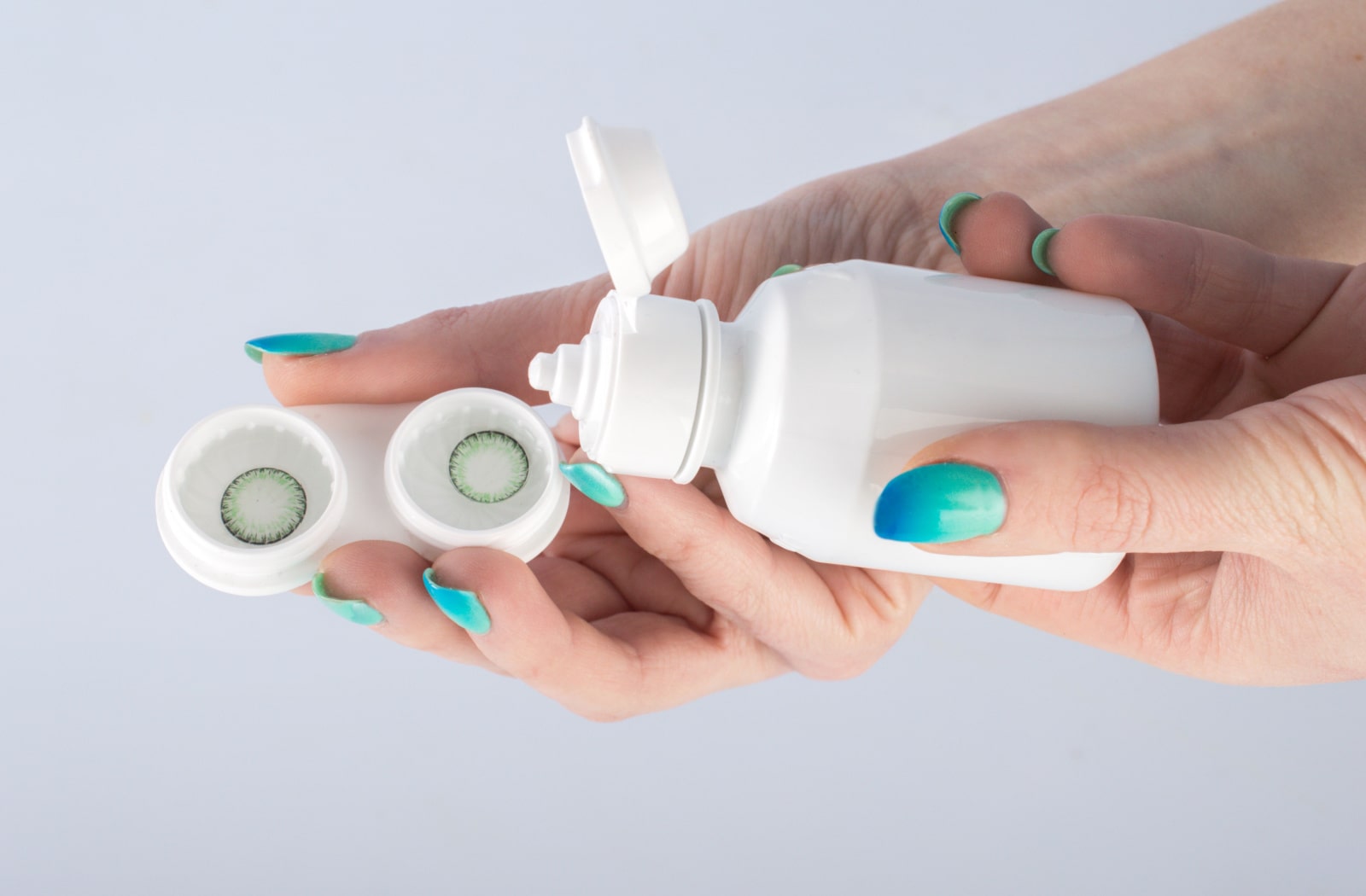
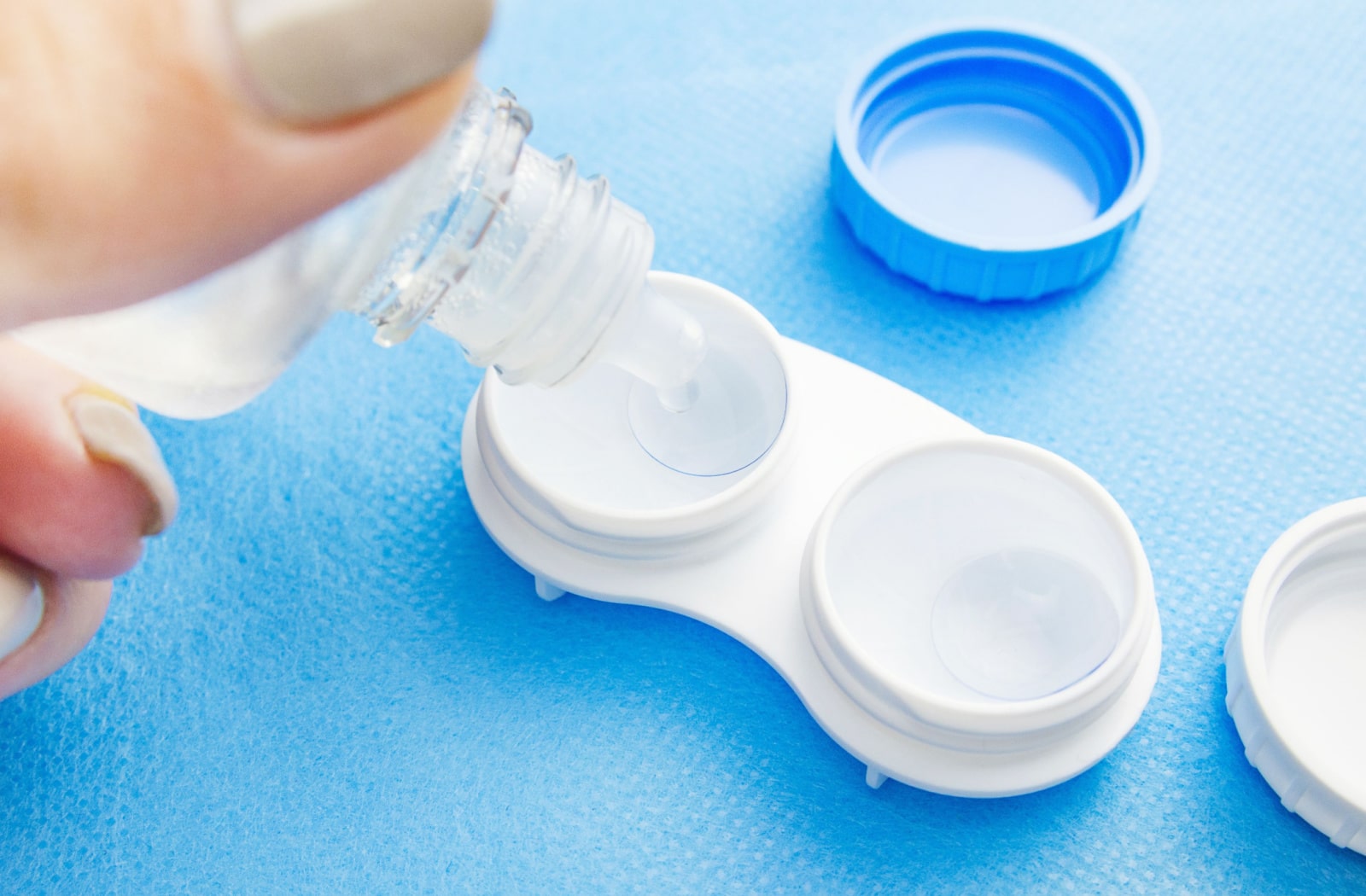
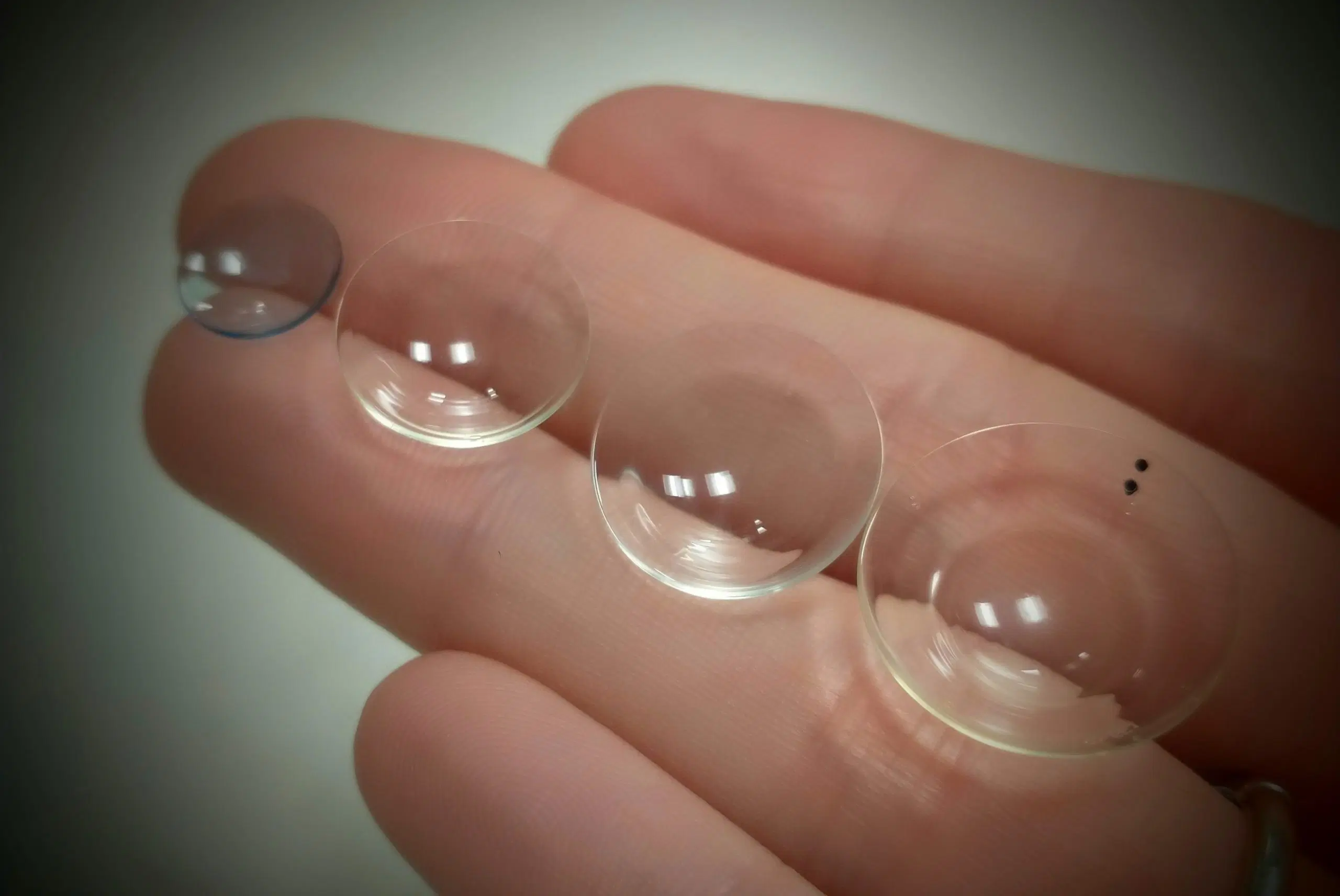


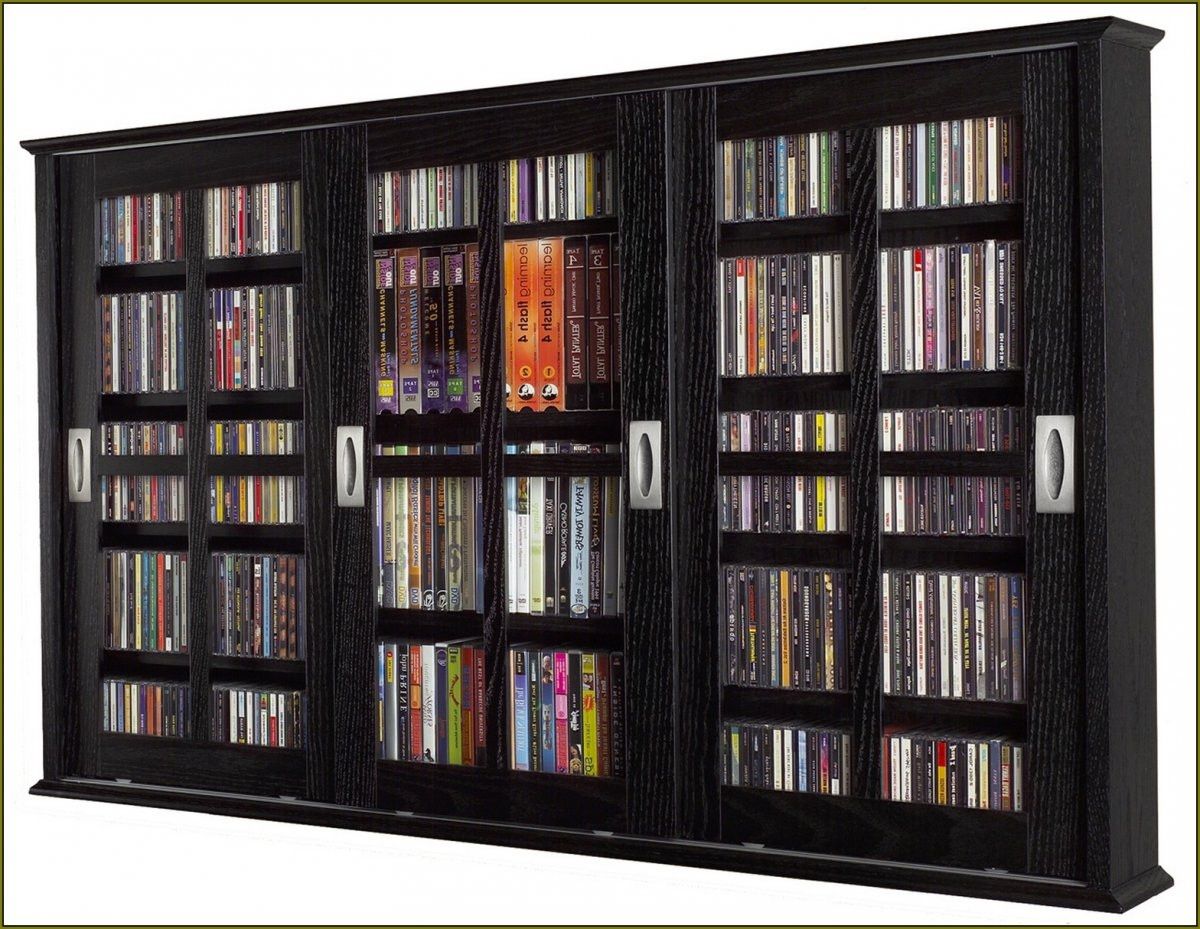
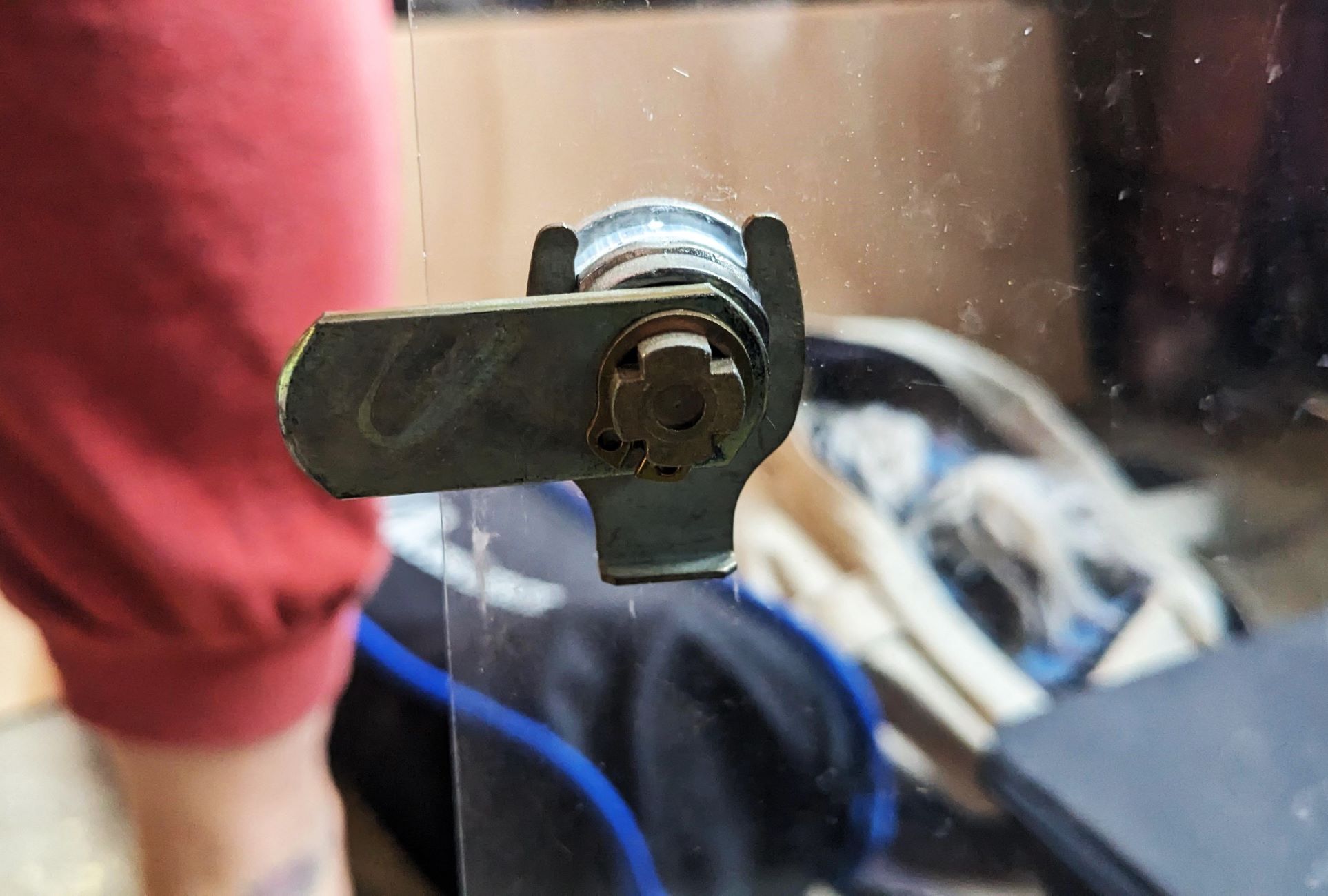
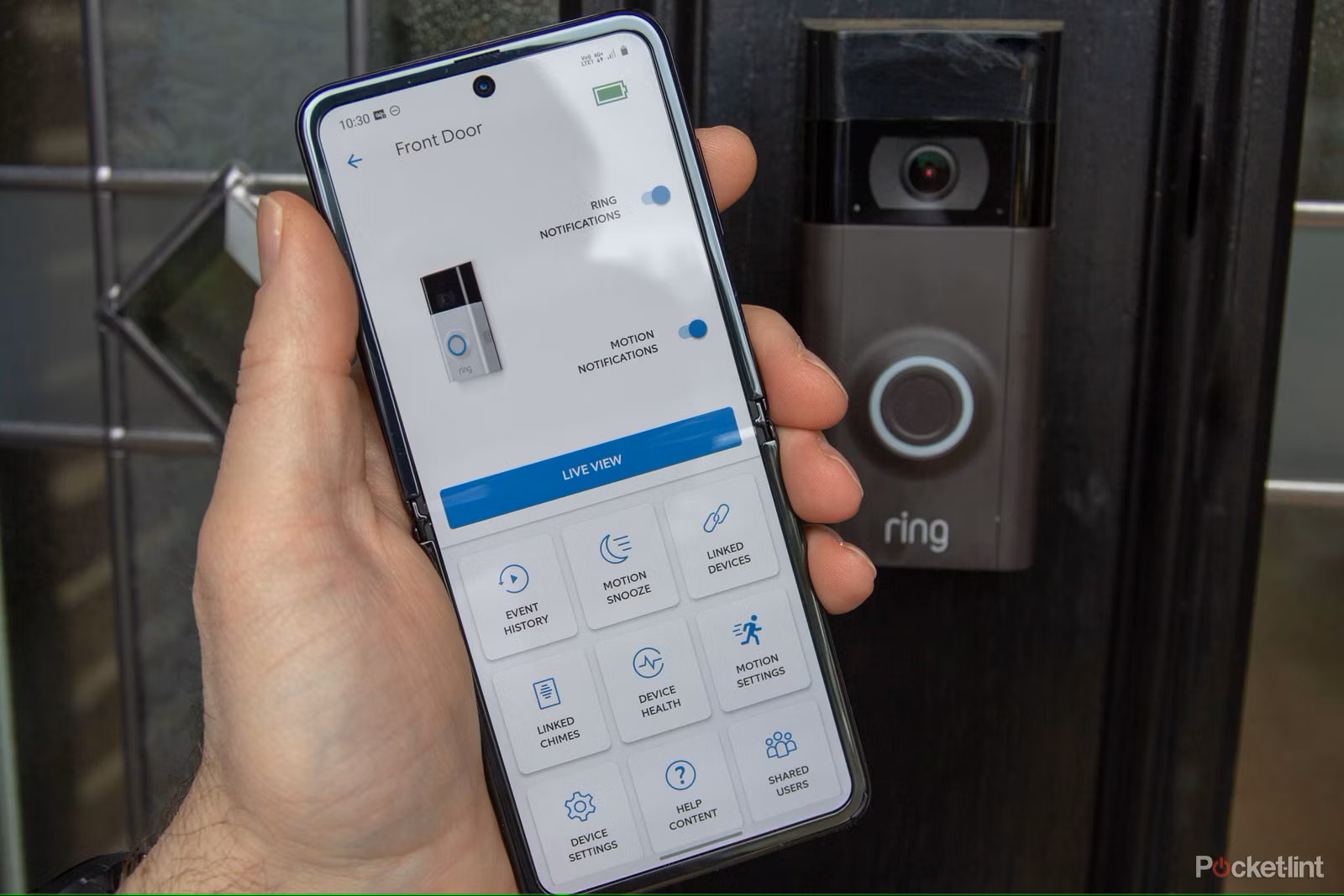
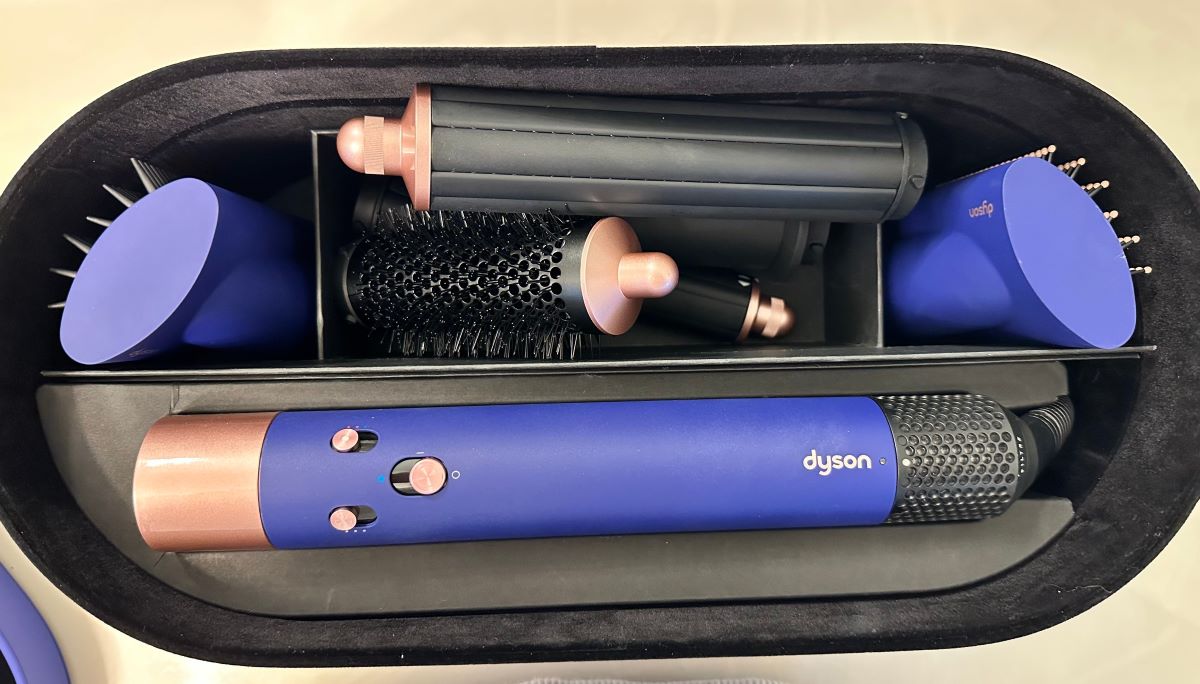
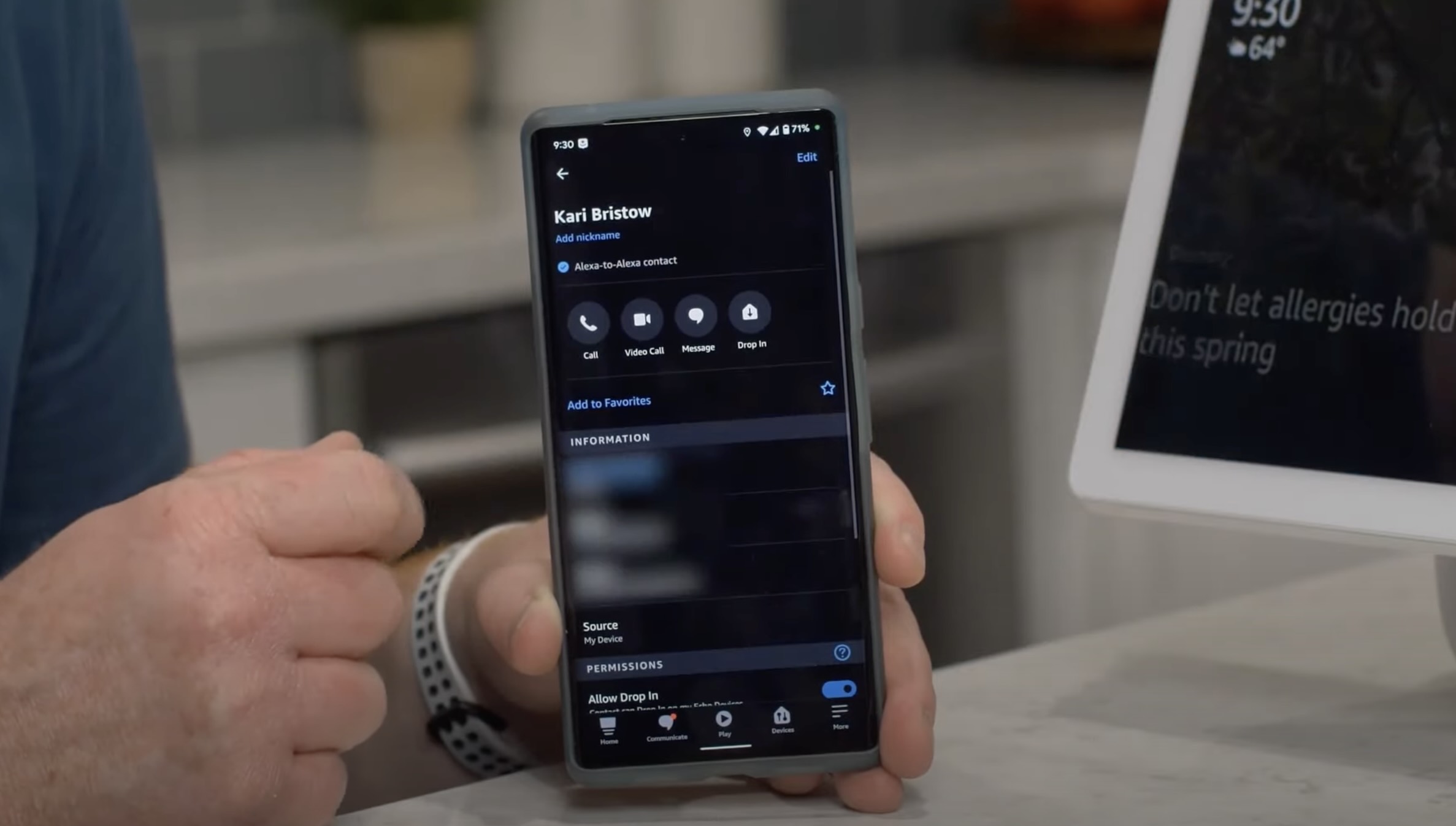
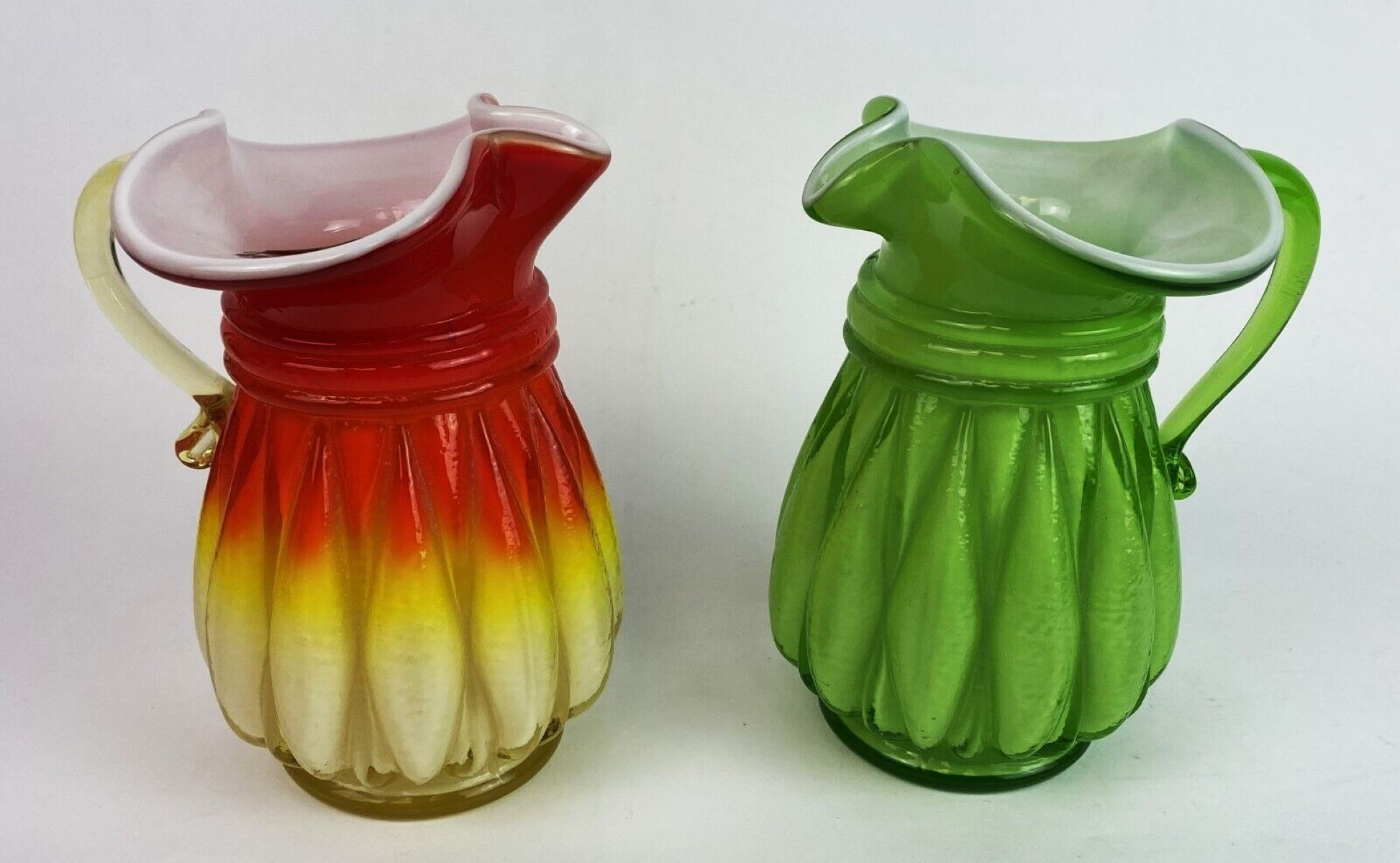
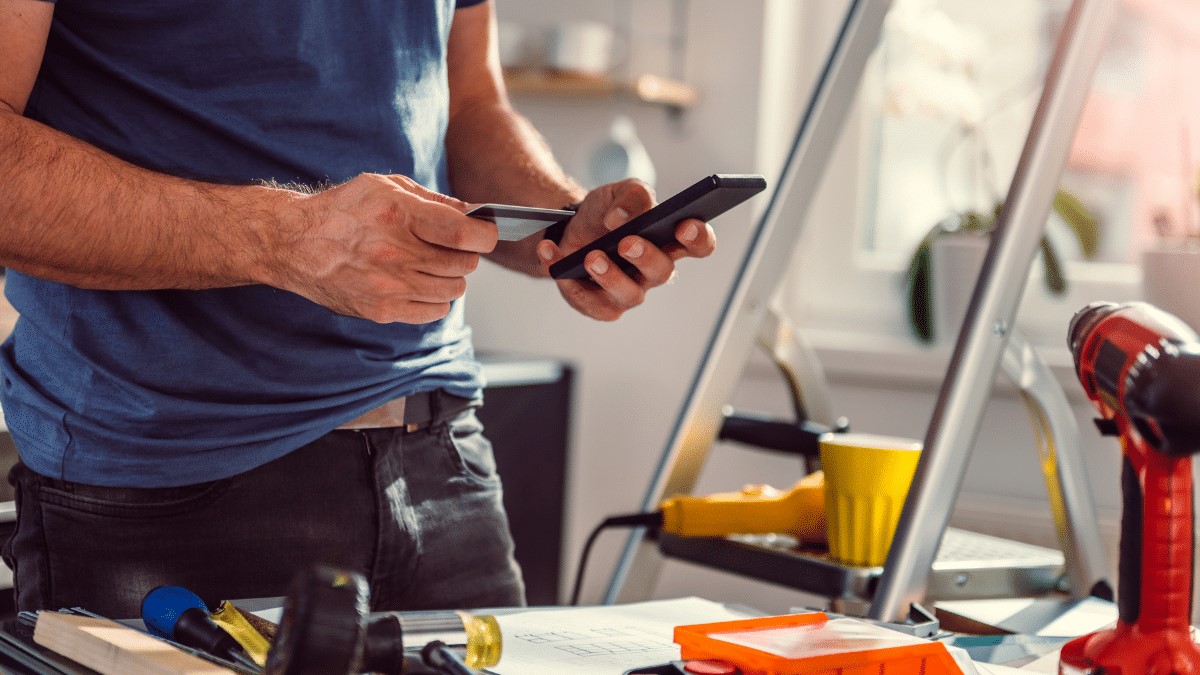
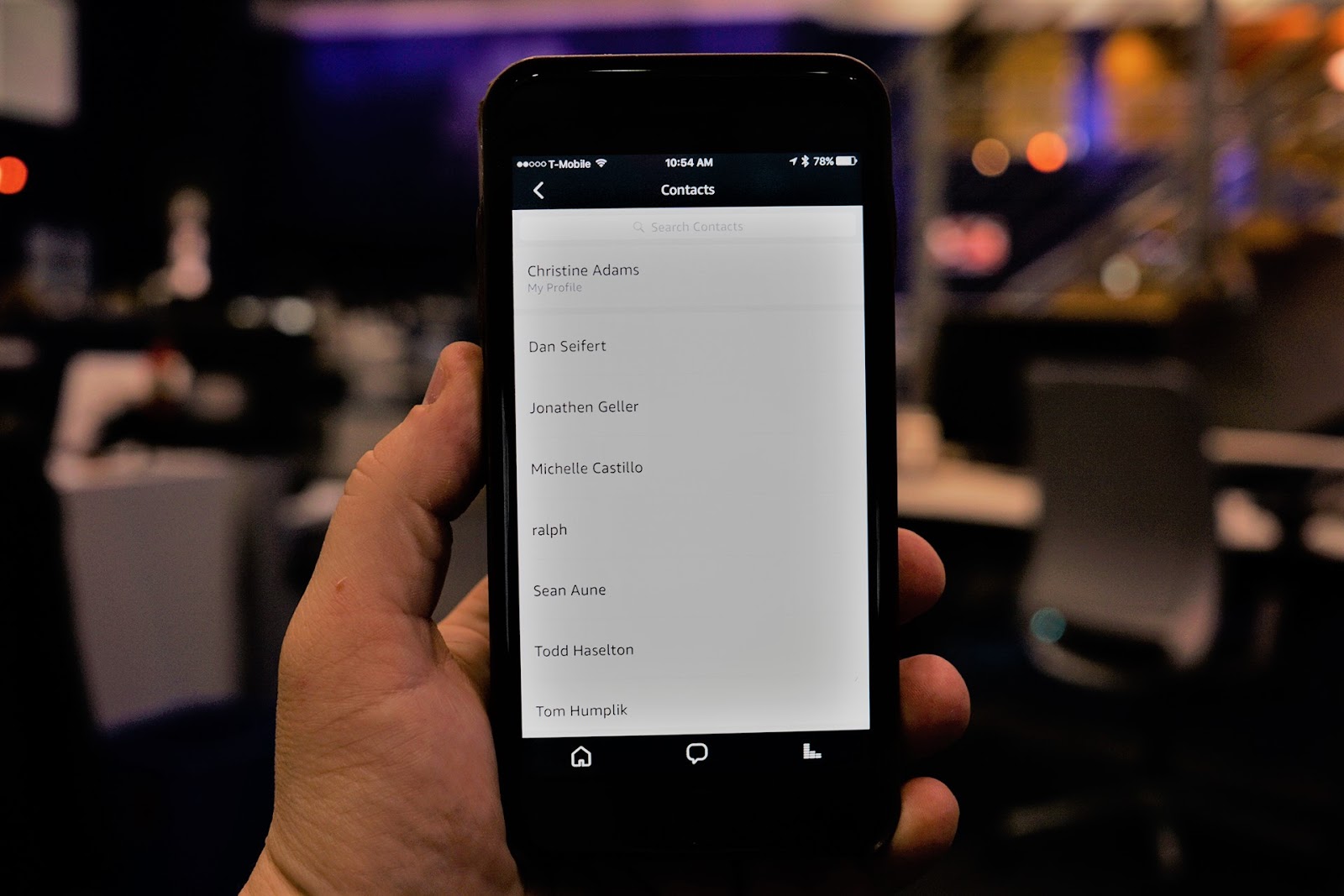

0 thoughts on “How To Store Contacts Without Case”